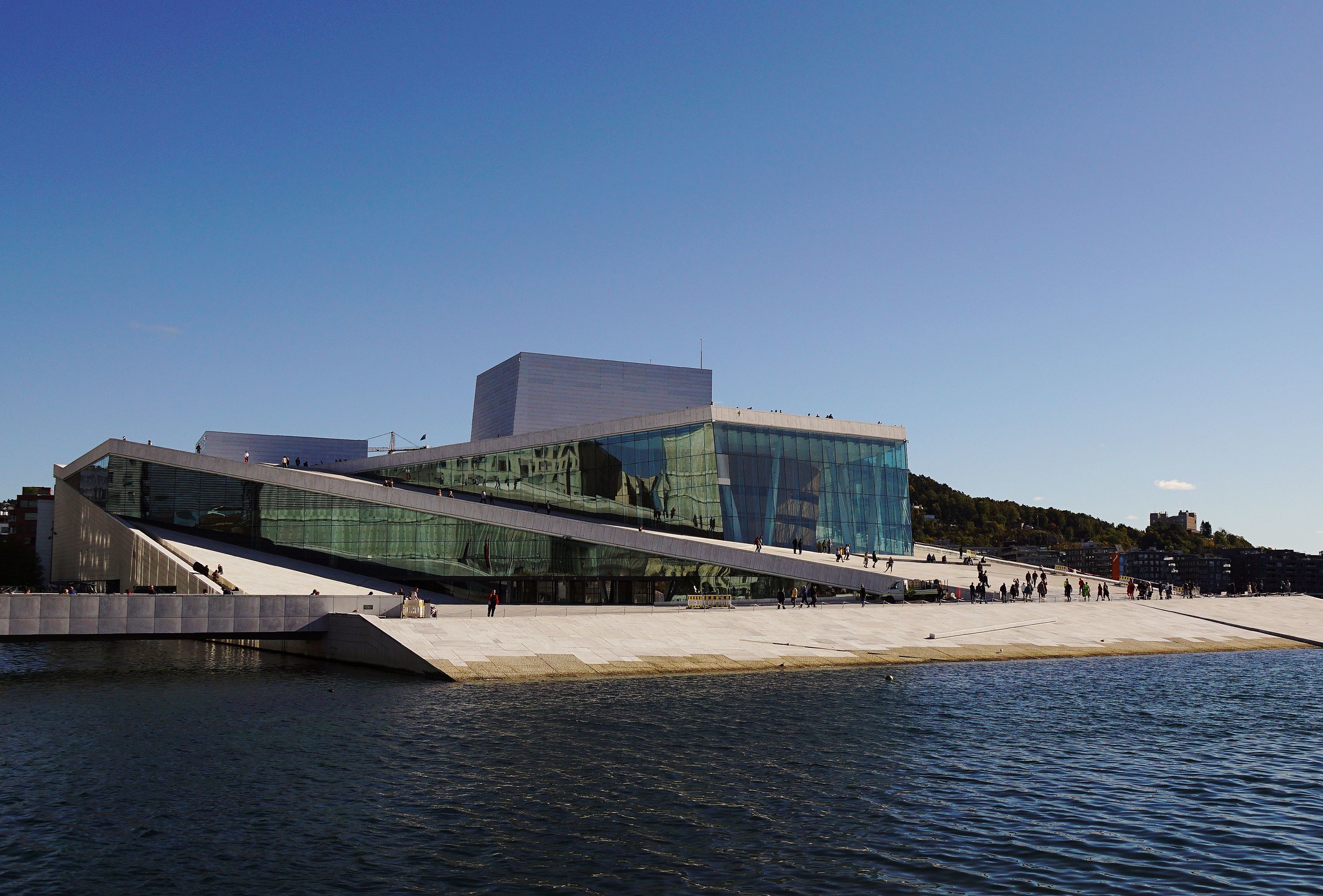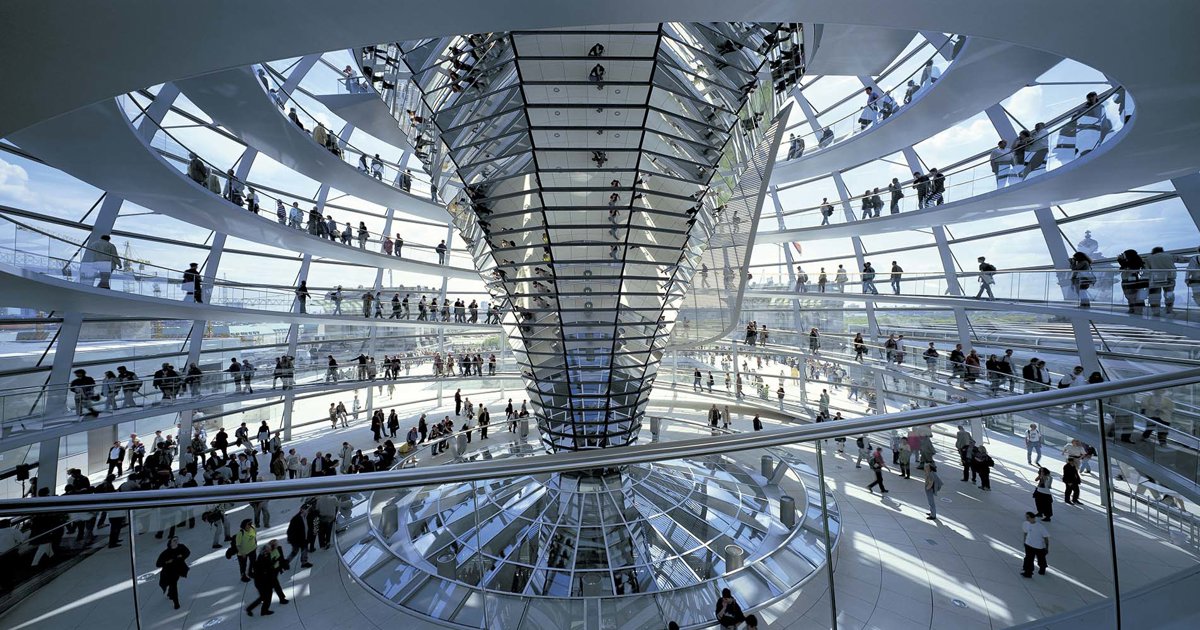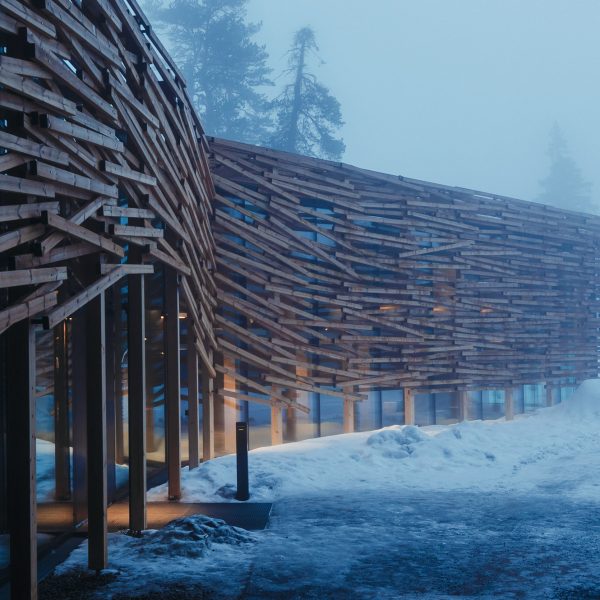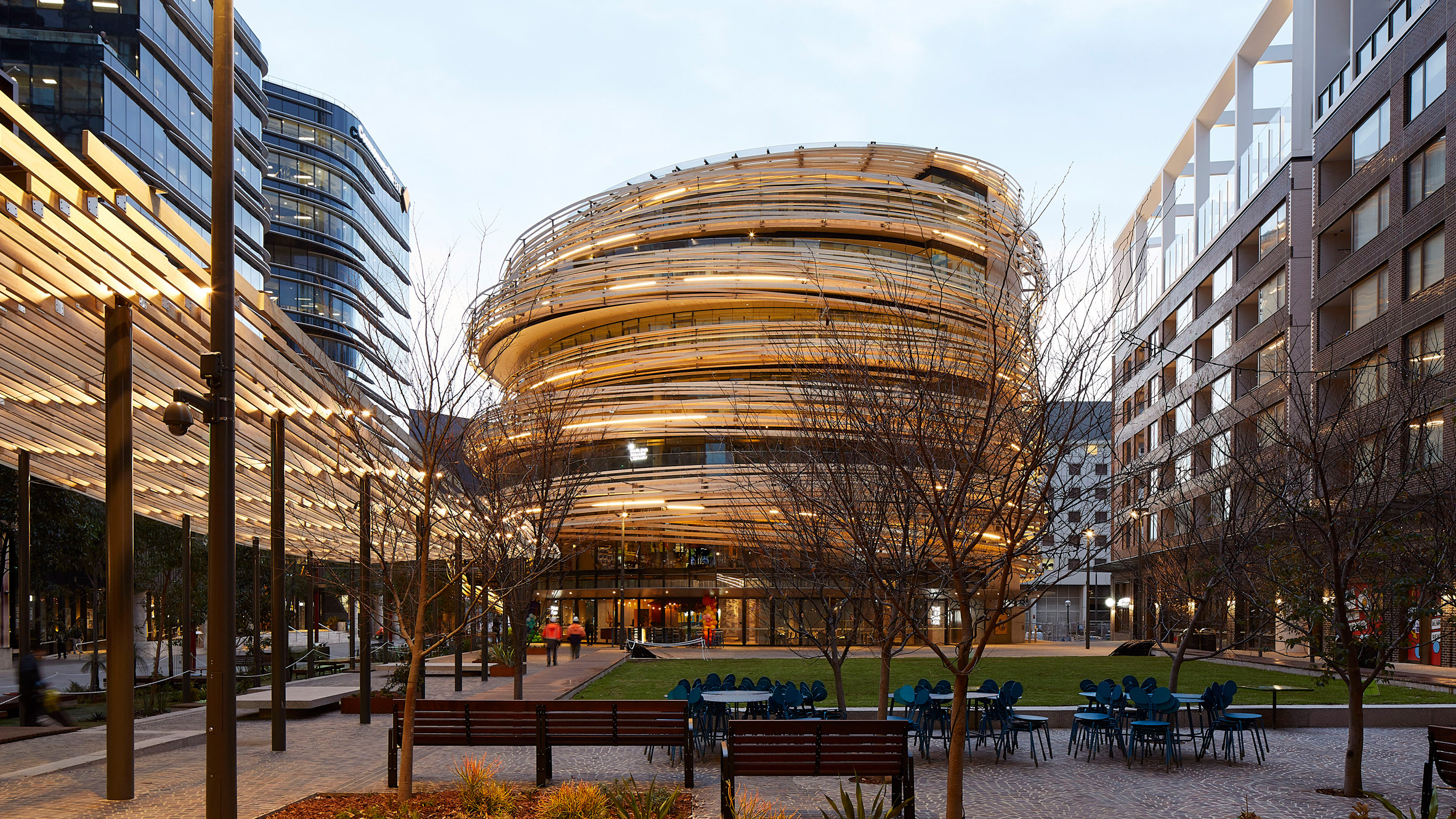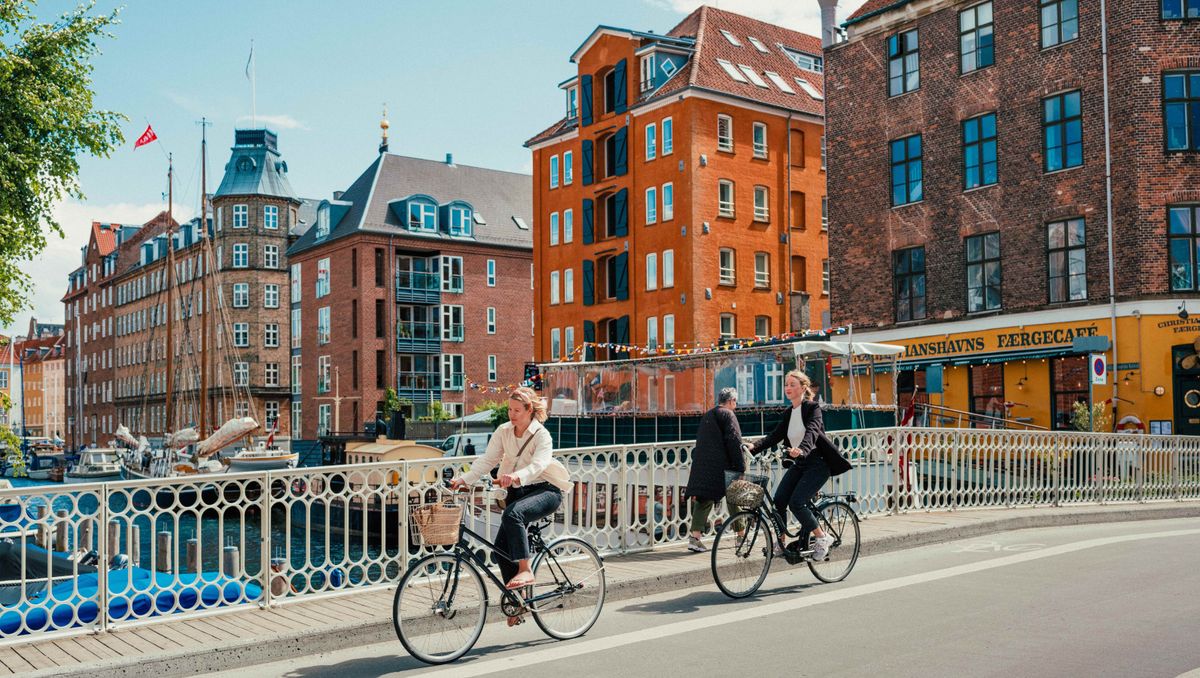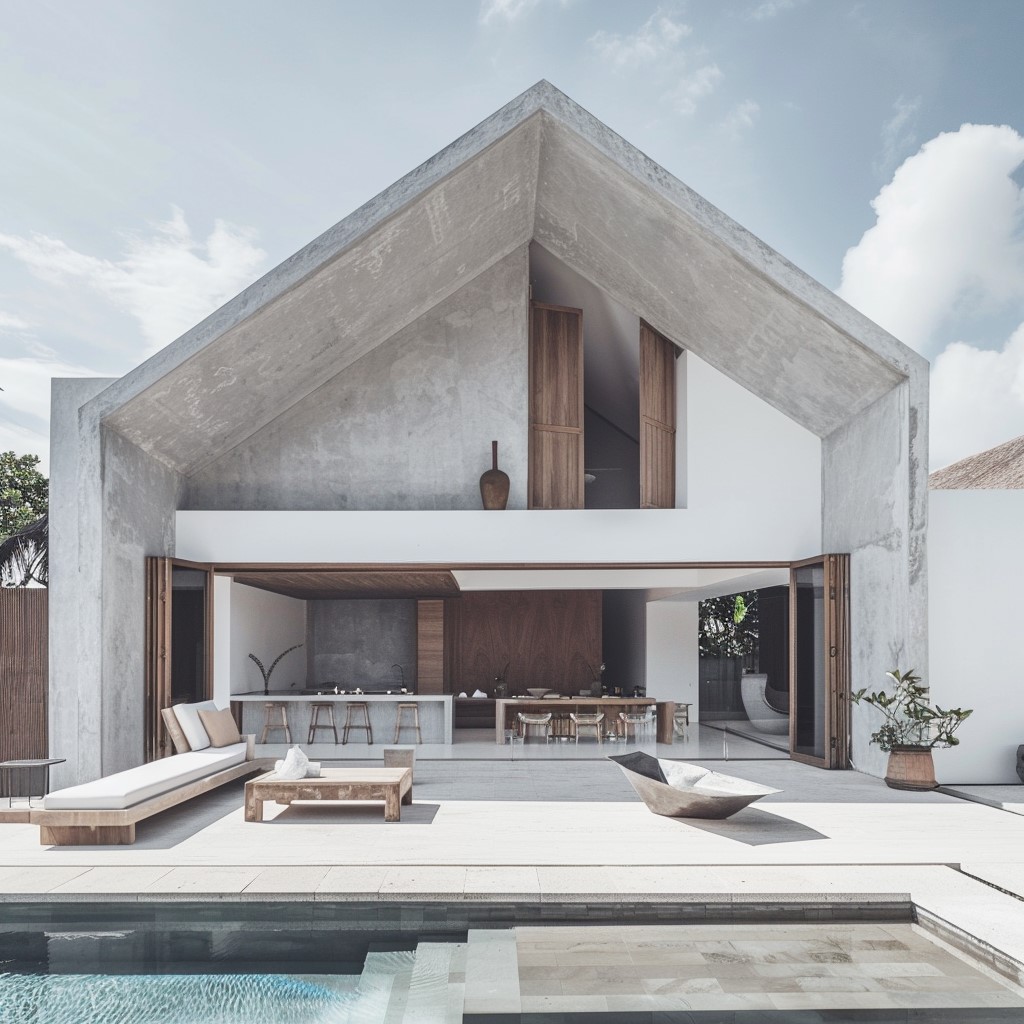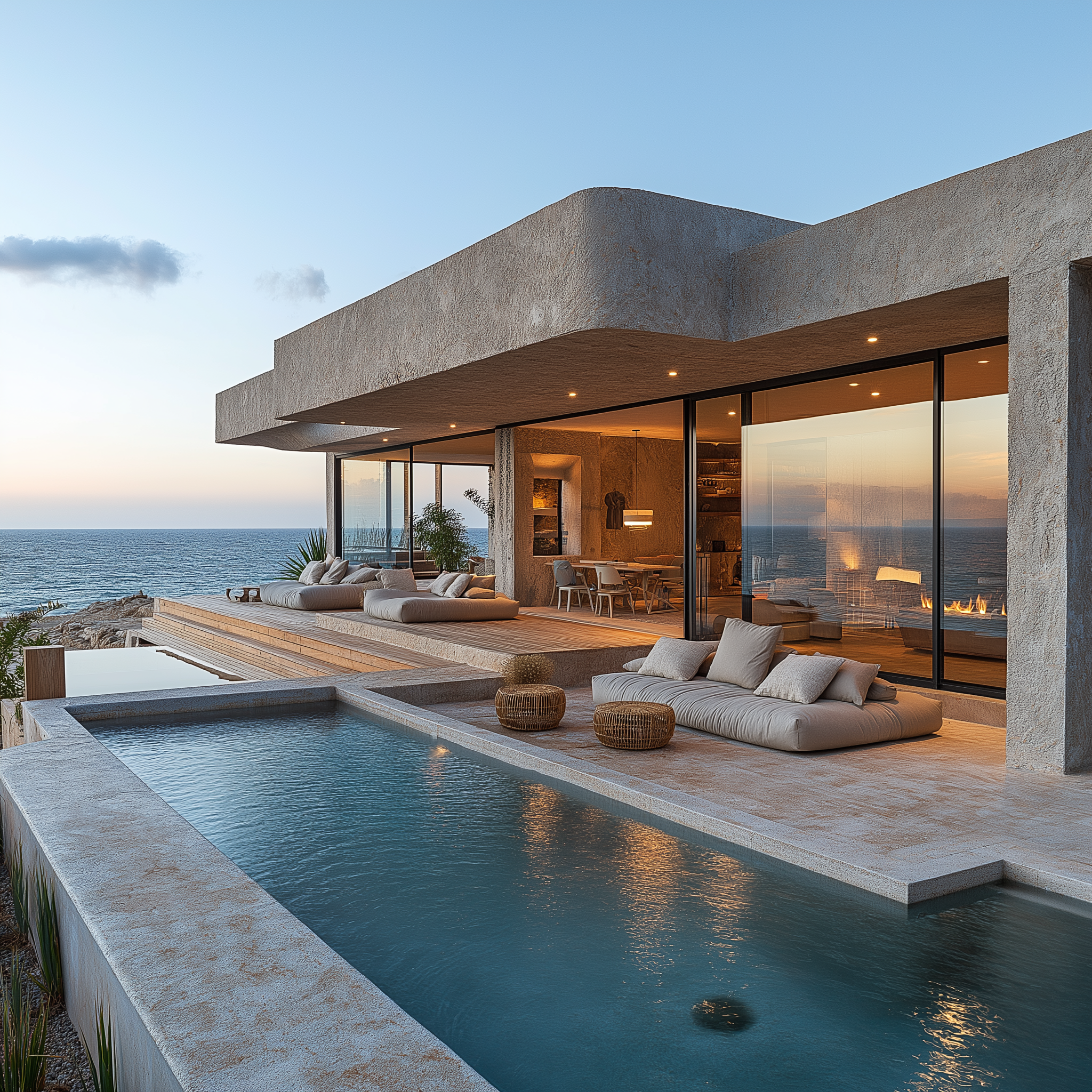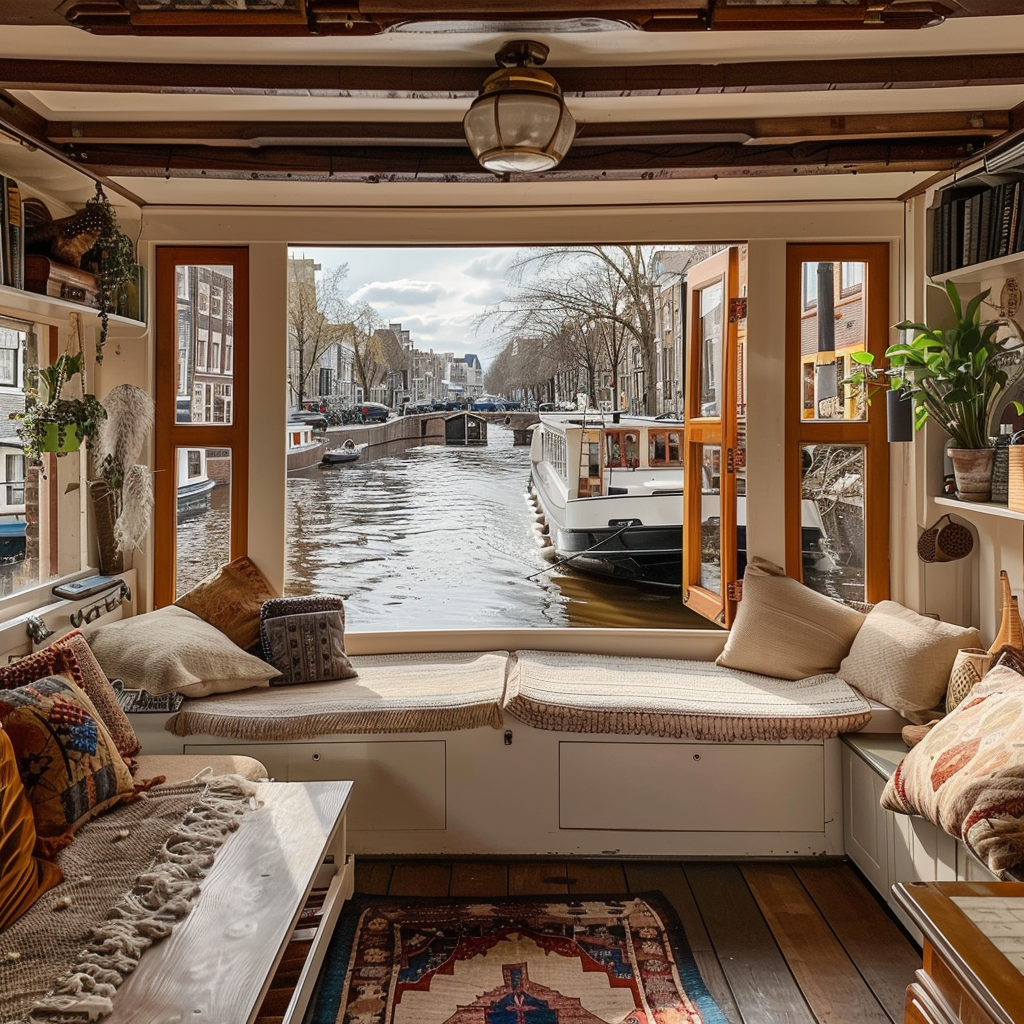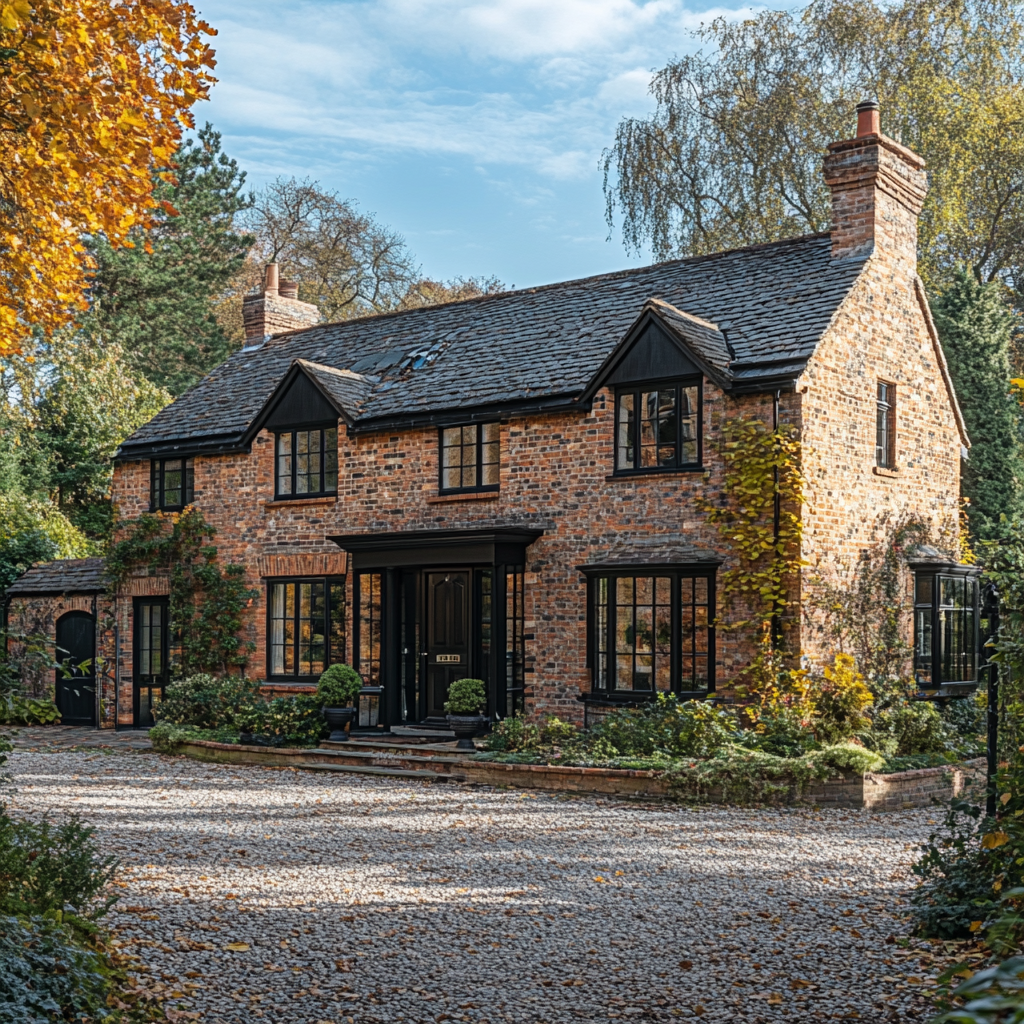From Sustainability to Inclusivity: How These 5 Cities Are Redefining Urban Excellence
As we navigate the complexities of the 21st century, Copenhagen, Sydney, Oslo, Berlin, and Seoul stand out as vanguards of a global movement reshaping urban landscapes. Each city is chosen for its unique approach to urban development: Copenhagen leads with environmental initiatives, Sydney champions social inclusion, Oslo excels in accessibility and inclusivity, Berlin seamlessly blends historical preservation with contemporary flair, and Seoul integrates ancient traditions with futuristic technologies. These cities are not just adapting to the challenges of modern urban living; they are setting examples that demonstrate how diverse strategies can converge to create thriving, sustainable, and inclusive urban environments.
Copenhagen, at the forefront of environmental innovation, epitomizes the marriage between sustainability and urban living with its CopenHill waste-to-energy plant. More than just an industrial feat, this project seamlessly integrates into the urban fabric, providing both energy and recreational space, thus embodying the innovative spirit necessary to tackle today’s environmental challenges.
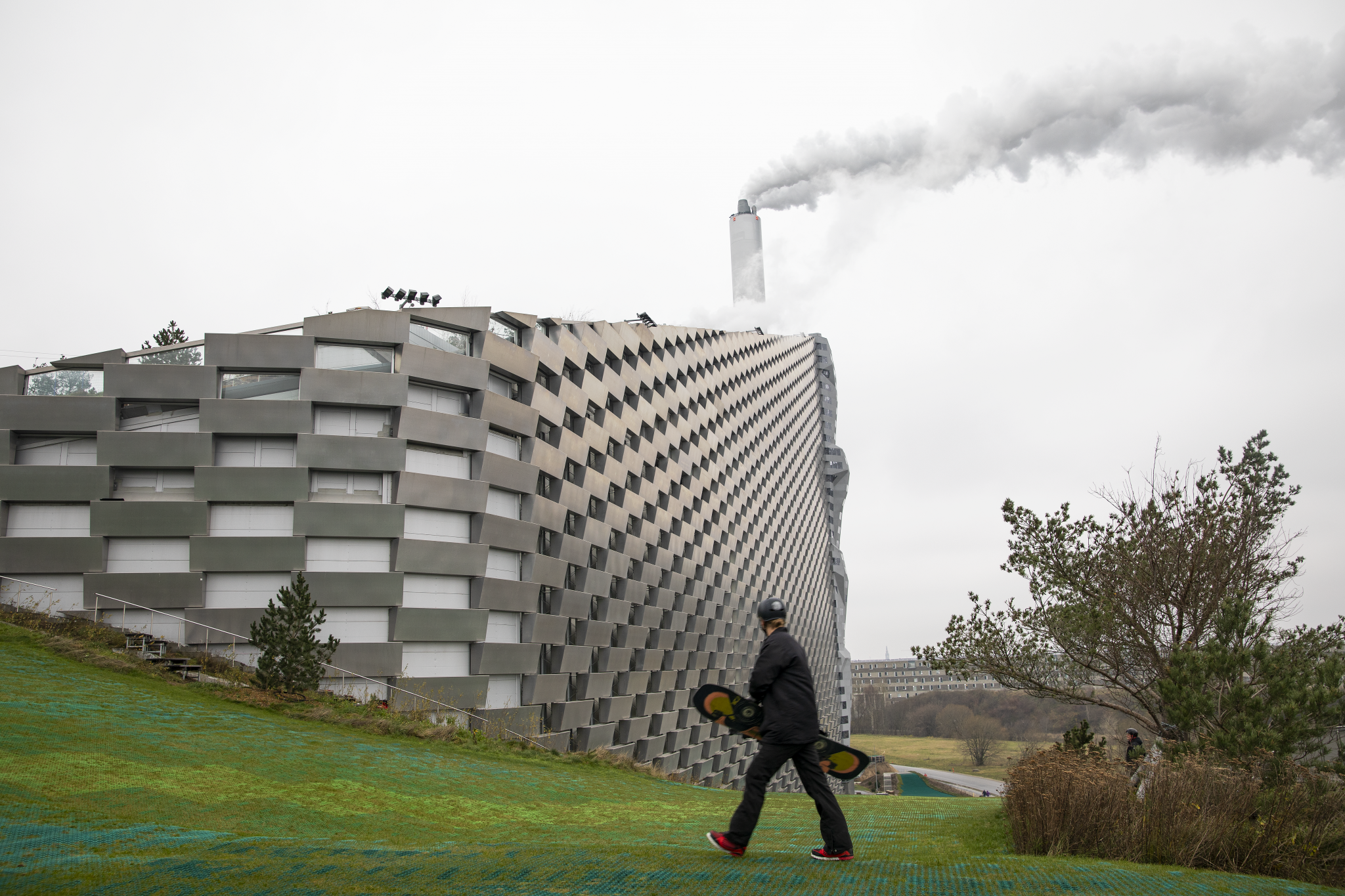
2019-11-27_Amager Bakke_Copenhagen Hill © 2019 by News Oresund is licensed under CC BY 4.0
Sydney, advancing the cause of social inclusion through its architectural endeavors, creates vibrant cultural nexuses like the Darling Exchange. This hub illustrates how thoughtful design can dissolve social barriers and foster a sense of belonging, underscoring the importance of inclusivity in urban planning.
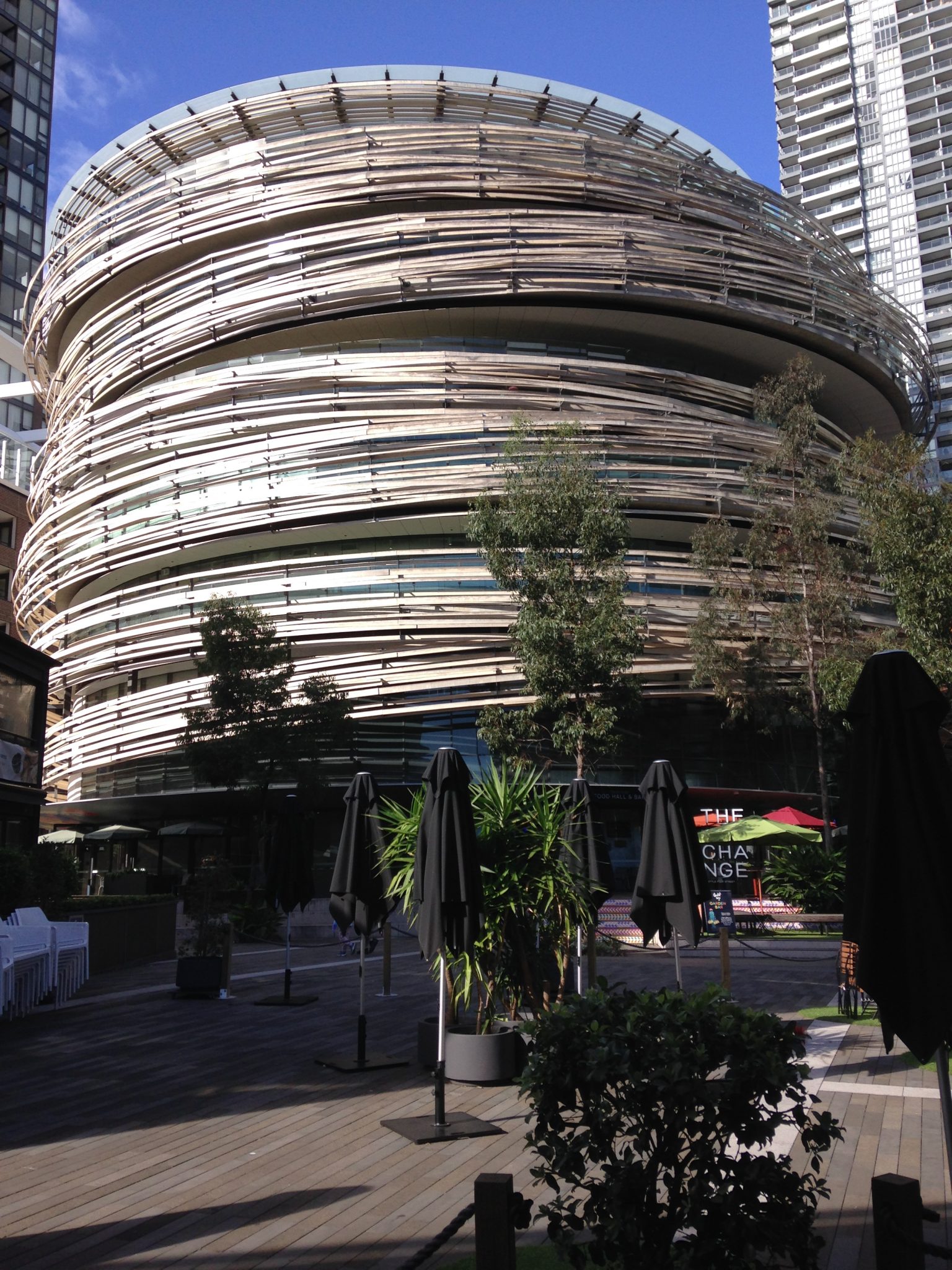
Oronsay, CC BY-SA 4.0, via Wikimedia Commons
Oslo, a beacon of accessibility and inclusivity, combines its environmental leadership with a commitment to open urban spaces for all. The city’s Climate Budget and initiatives for emission-free public transport by 2028 highlight its dedication to sustainability, while accessible landmarks like the Oslo Opera House ensure that inclusivity is woven into the city’s fabric.
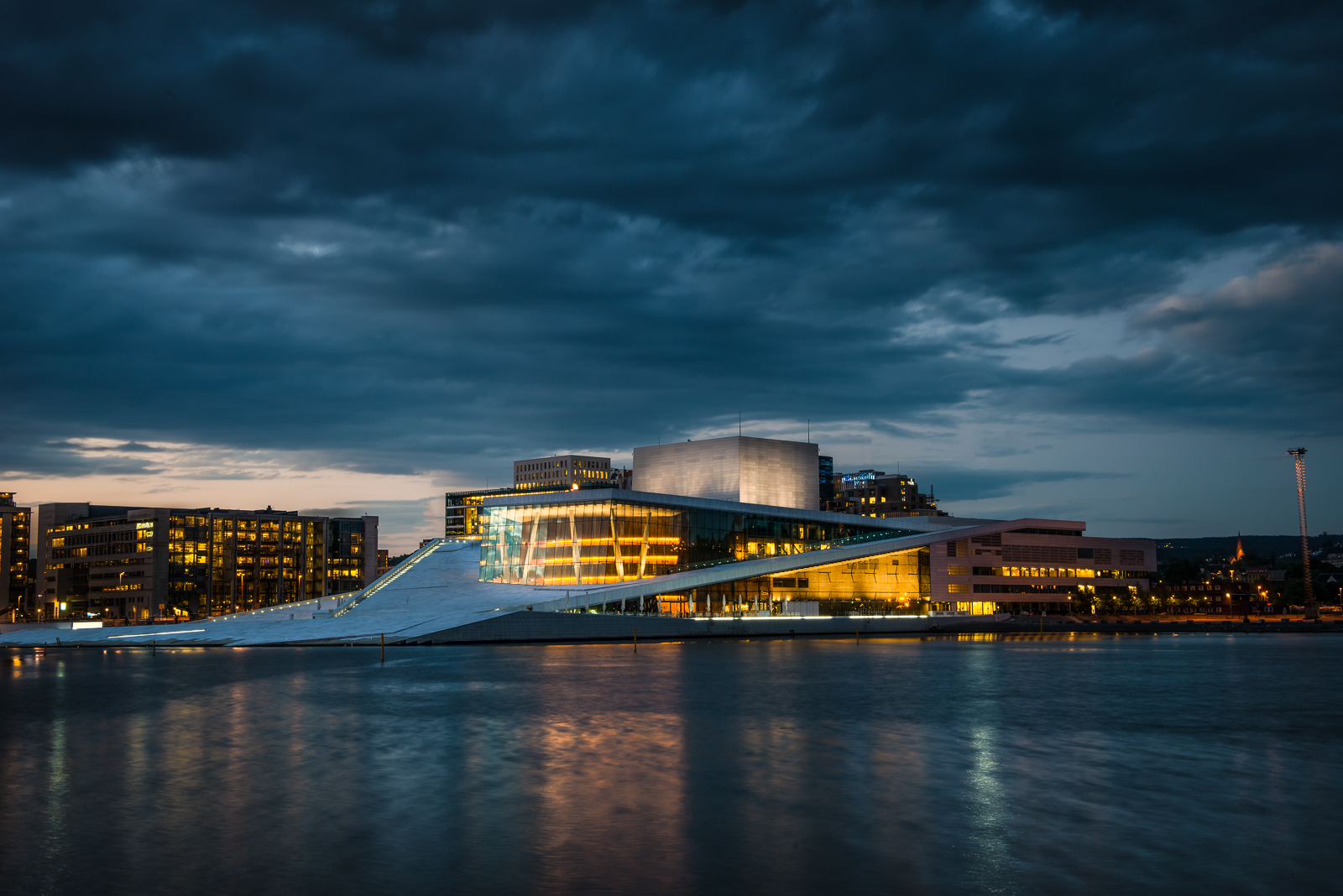
Oslo Opera House © 2013 by Howard Ignatius is licensed under CC BY 4.0
Berlin, known for its creative renaissance, beautifully unfolds its story through the transformation of the Reichstag, where Norman Foster’s transparent dome merges historical gravitas with modern design. This, along with the Boros Collection housed in a converted WWII bunker, highlights Berlin’s dynamic blend of past and future, enriching its cultural and architectural landscape.
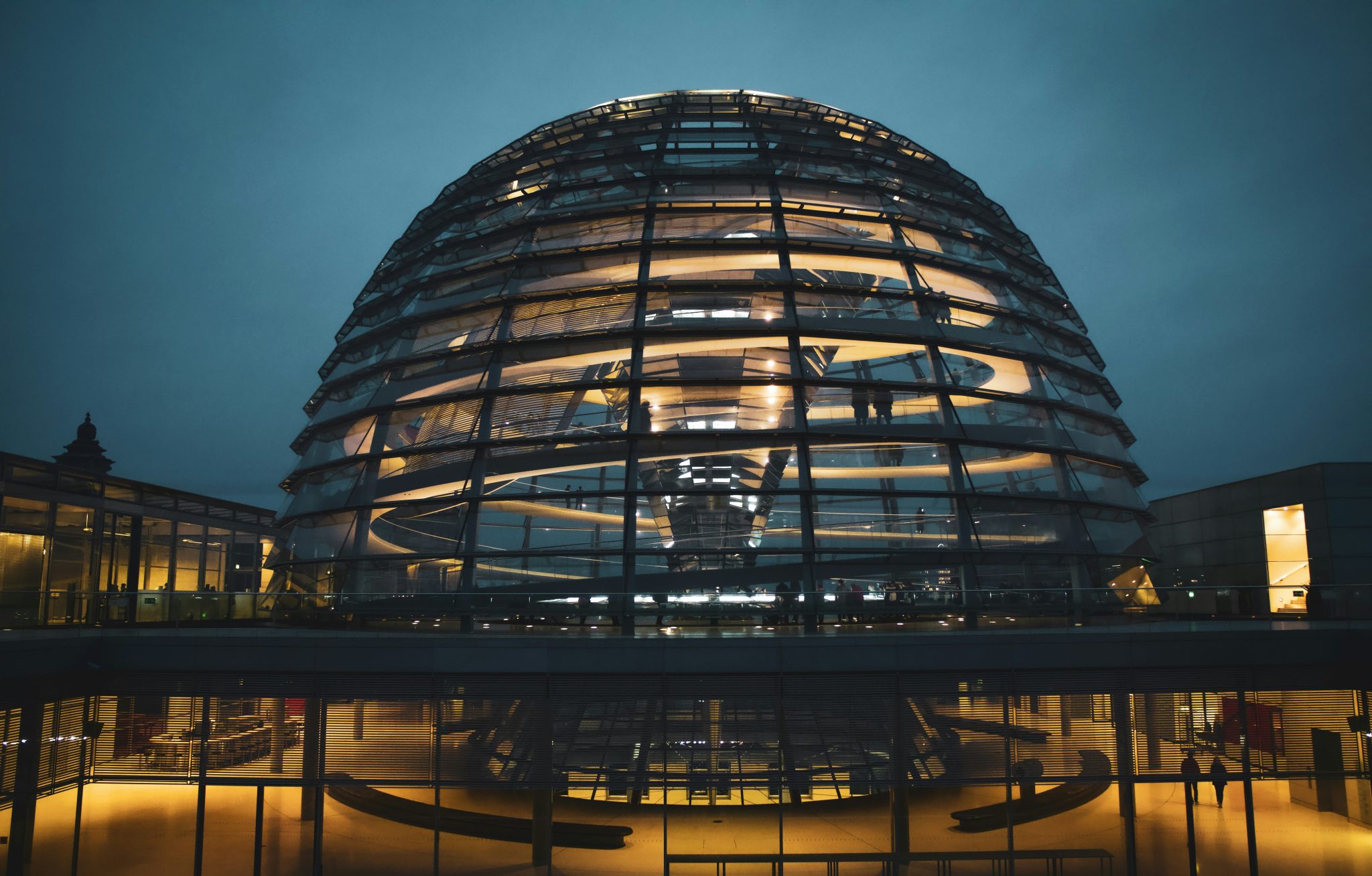
Credit: Christian Lue via Unsplash
Seoul, merging its rich history with cutting-edge innovation, is exemplified by the Dongdaemun Design Plaza (DDP), a futuristic cultural beacon designed by Zaha Hadid. This juxtaposition of ancient palaces with modern architecture underscores Seoul’s vision of a harmonious coexistence between past and future.
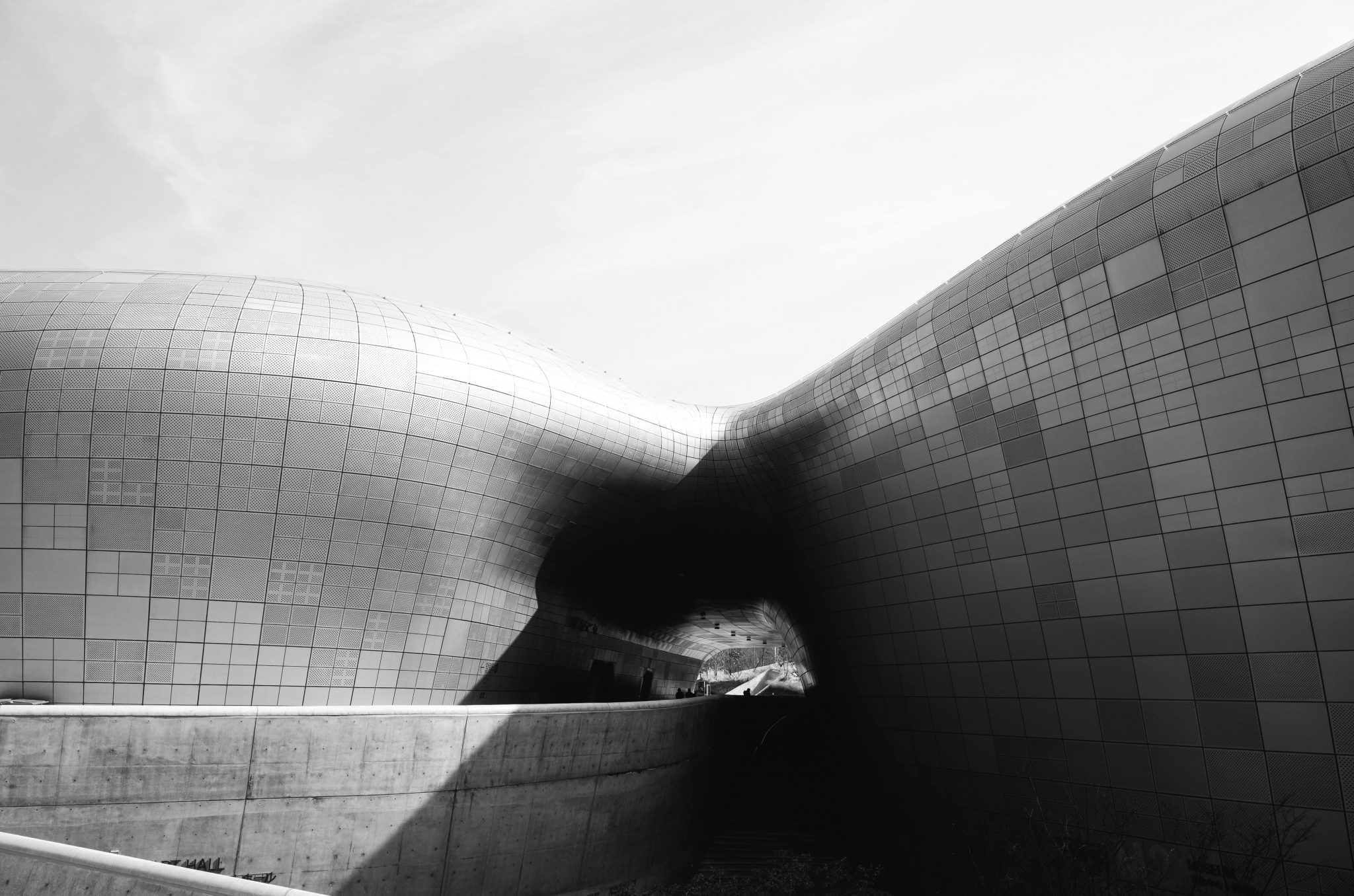
Credit: Markus Winkler via Pexels
as these cities forge paths towards more sustainable and inclusive environments, they offer valuable blueprints for urban development worldwide. By embracing these innovative approaches, what can other cities learn from their examples? These urban centres not only redefine traditional roles but also serve as sanctuaries of innovation, inclusivity, and sustainability. They teach us that the future of urban living lies not in the scale of our skyscrapers but in the depth of our commitment to creating spaces that nourish the soul, respect the planet, and embrace the full spectrum of human experience. Through such principles, we unlock the potential for cities to be not just habitable spaces but hubs of holistic well-being and innovation, paving the way for a future that is as sustainable as it is inspiring.



